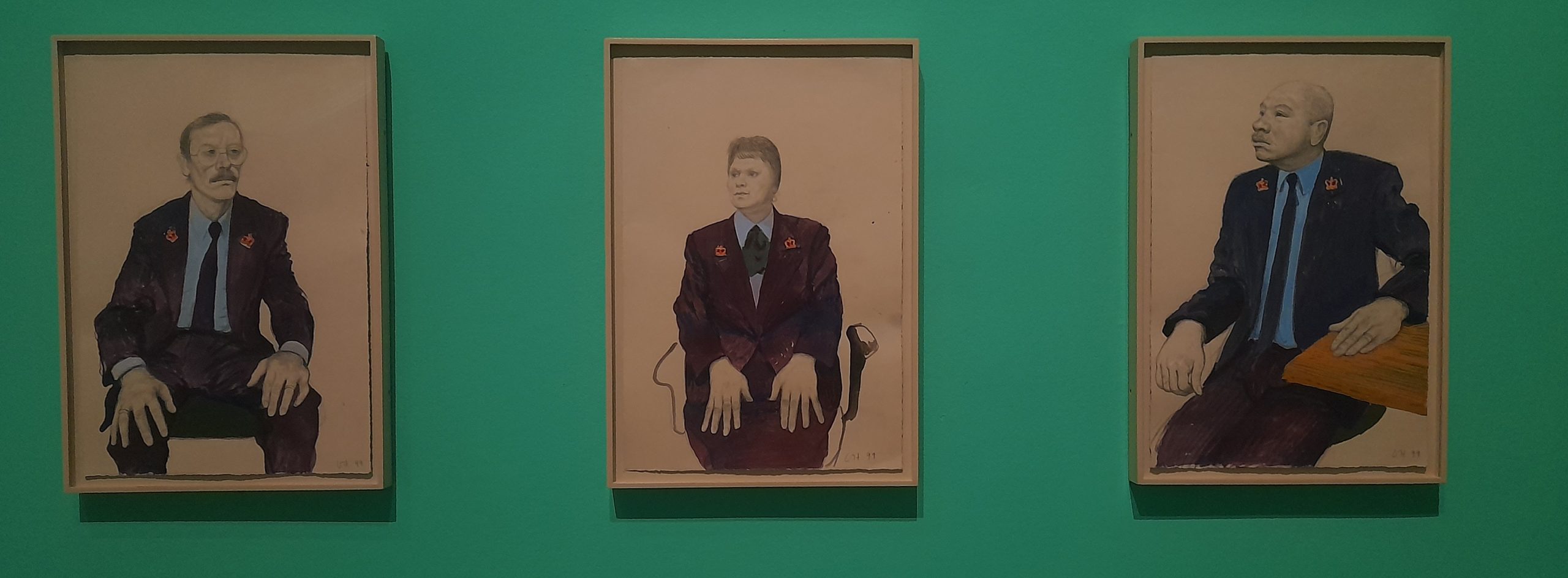
Culture Editor Daisy Griffin attends the Fitzwilliam Museum’s most recent show, praising its thoughtful and intriguing curatorial techniques
Visiting my friend in Cambridge last weekend, I thought I’d also use the time to attend Hockney’s Eye, The Art and Technology of Depiction. An enthusiast for David Hockney’s iconic pop art style paintings, I was intrigued by the thought of his work in an institution as traditional as the Fitzwilliam. To my delight, all expectations I had going into the show were entirely surpassed.
Exploring the intersection of art and technology through Hockney’s eyes, the exhibition delighted on both an aesthetic and educational level. The first room introduced visitors to the history of pre-photographic devices: the camera obscura, camera lucida, and concave mirrors. Throughout his career, Hockney has employed these technologies to enable his own artistic processes, namely his pencil drawings. One of the artist’s most controversial claims is that ‘western art’ from the Renaissance period through to the late 19th century was dominated by a ‘camera culture’ (even prior to the invention of the camera itself). Arguing that artists throughout history have regularly used such optical tools in their art, Hockney has similarly denounced how art historians have largely missed this observation in their analysis.
The exhibition is unique in that it is the first of its kind to explore the nature of just how Hockney sees and depicts the world around him. Long considered radical in his defiant questioning of traditional forms of representation, the second room presented a central focus in his work: perspective. This was primarily explored by juxtaposing the artist’s bold, flat landscapes alongside Dutch masterpieces (famed for their mastery of Renaissance linear perspective).

In contrasting tradition and technology I believe this successfully highlighted the diversity of artistic endeavors throughout history
Guided through the rest of the exhibition by the arresting green walls upon which Hockney’s work was displayed, the relationship between his work and that of the permanent collection became increasingly more apparent. A personal stand out room was the display of 17th century Dutch still life paintings in a traditional salon-style hang. In complete contrast was a time-lapse video showing the process of Hockney’s iPad works of flowers in vases, placed at the centre of this room (see image below). Often dismissed by those more inclined to tradition and horrified at the thought of replacing paints and brushes with technology, the video demonstrated the true artistry behind such works. In contrasting tradition and technology I believe this successfully highlighted the diversity of artistic endeavours throughout history. Seemingly different works may, in fact, be seen in unison with one another.

The effortless integration of Hockney’s work with that of the permanent collection facilitated the exploration of the exhibition’s main objectives
Hockney’s work was a delight to encounter; the vibrancy of his colour palette alongside his distorted depiction of the everyday recall the works of some of my favourite mid-century American Pop painters. But it was the curation of the show which truly caught my attention. The effortless integration of Hockney’s work with that of the permanent collection facilitated the exploration of the exhibition’s main objectives. I also found it to be a particularly effective strategy for seeing how we may understand different art movements and periods alongside one another.
All in all, Hockney’s Eye is an ambitious and well-thought out exhibition. The choice to incorporate and juxtapose Hockney’s work with the museum’s permanent collection was unique and did not feel forced at all. If you are in the area or wanting to take a day trip from London, for example, I would thoroughly encourage anyone even slightly considering it to go! The exhibition is on until 29 August and free for all visitors.
Like this? Read more from Redbrick Culture here!
One for the Bucket List: Van Gogh Museum, Amsterdam
Comments